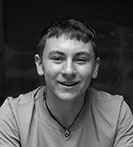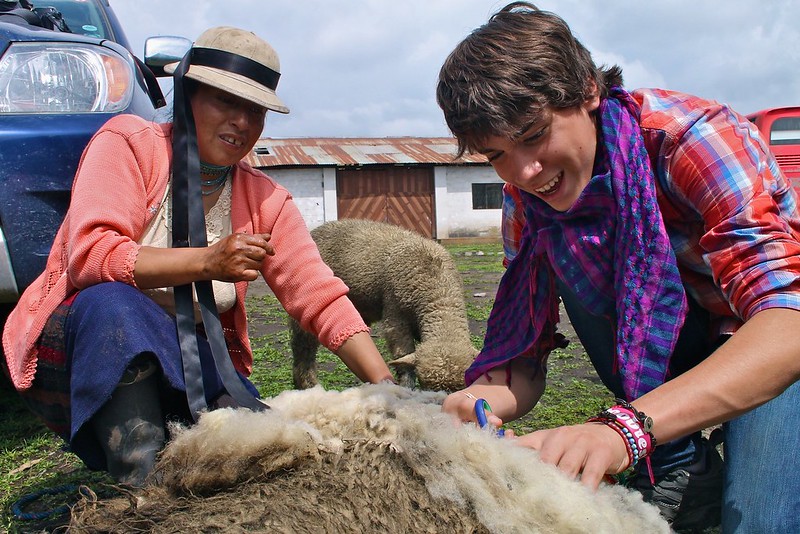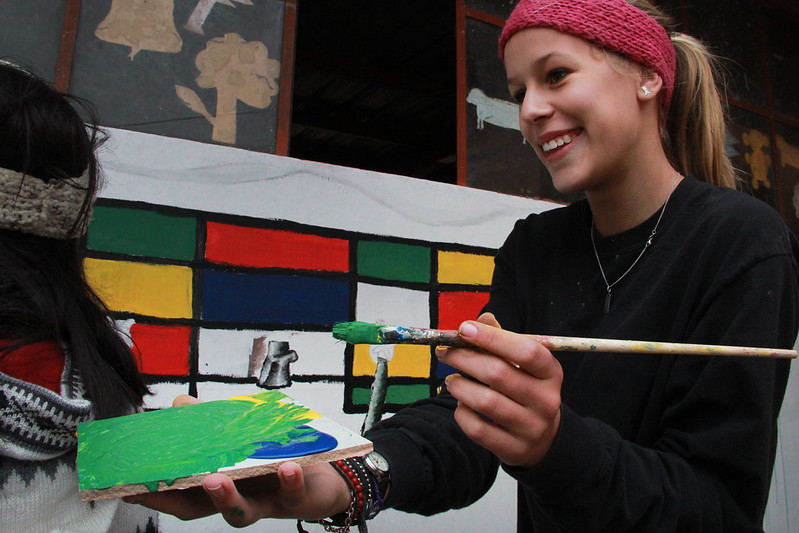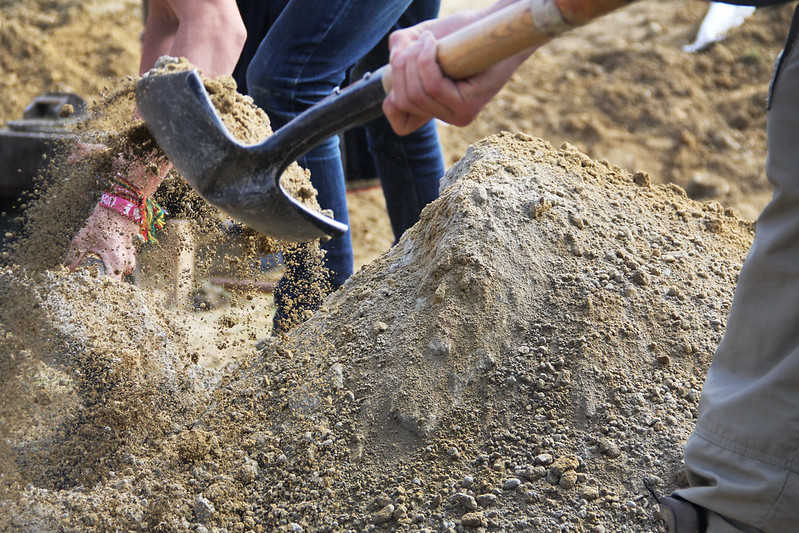1) Hi Nada, can you tell us what you've been up to since graduating from THINK Global School in 2022? Since graduating in 2022, I've been pursuing a passion I found while at TGS, sustainability, and I am currently majoring in engineering in renewable energy systems at Al Akhawayn University, in Ifrane, Morocco. But there is way more than that! I've had a chance also to explore the world of...
Read More As an end-of-term trip, TGS went to give something back to the country that had given us so much. High up in the highlands of Ecuador, in a tiny province named Chimborazo, a Canadian charity NGO has set itself a goal. Its main goal is to free children from oppression. In the West, that means empowering children to take on the responsibility to change the world. However, in developing countries (such as India, Sri Lanka, Kenya, Ecuador) this means helping children out of slavery and oppression. Free The Children (FTC) is setting itself around a four pillared approach to ending poverty and slavery, in the most sustainable and least disruptive way to the communities possible.
As an end-of-term trip, TGS went to give something back to the country that had given us so much. High up in the highlands of Ecuador, in a tiny province named Chimborazo, a Canadian charity NGO has set itself a goal. Its main goal is to free children from oppression. In the West, that means empowering children to take on the responsibility to change the world. However, in developing countries (such as India, Sri Lanka, Kenya, Ecuador) this means helping children out of slavery and oppression. Free The Children (FTC) is setting itself around a four pillared approach to ending poverty and slavery, in the most sustainable and least disruptive way to the communities possible.

Water
Every three seconds, a person dies because of lack of access to clean water. As well, most children will be sent from home, to the river, and back home again, usually about a 5 km journey in total. This means that they can’t go to school. So what if FTC starts putting wells nearby the schools themselves? That way, children would be able to go to school, learn, and then come back with water for the family.
Schools
What’s the point of feeding a population by giving them fish? That will only last them until the food runs out. Why not teaching the village how to fish? It will be a virtually never ending cycle of food. This is what FTC wants to do, educate children on how to sustain themselves after school.
Alternative income
One way that people like to argue against child slavery goes along these lines: “Well, yeah, but if you take away what the child is making in income, then the child’s family could go into poverty!” First off, children sold into slavery make less than 5 cents a day. If anything. So that point is invalid. Secondly, the conditions inflicted upon the children are awful; would you like to switch places with them? Third, and this is the good part: There is a solution. Instead of selling a child, one could buy a goat. Make their own milk, and make their own money.
Medical care
What’s the point of having dying and sick children everywhere? None. Through health care, these children have the opportunity to go to school and make a living.
So what exactly did we do there?
A branch of FTC (Me to We, which translates donation money into actions across the globe) goes into communities, talks to locals, and tries to build up a plan of how they could be most helped. Before we got to Chimborazo, it was decided they needed a new building. Their old ones were for primary students, and the primary students shoved all their stuff into the secondary students; building, overcrowding it and leading to dangerous accidents inside the classroom.
We got off the bus, eager, ready to help. We looked around – they gave us a tour. They showed us two decoration projects: some small stones they had put on a building to make it look nice, and a mural based on the topic of hygiene. VERY important for these children, who had no idea how to use a toilet or urinal.

They showed us the adobe brick-making machine where they pile dirt recently dug up from the ground into these metal pressers, and press and press it into bricks. They showed us where we were going to be building. Flat ground. Some white lines drawn onto the ground where they wanted the foundation to be built. They told us they wanted it 60cm on the sides and 150cm in the corners,
We went back home, “home” being where we ate, slept, and talked about the world, its problems, and possible solutions. We were the first group to bring kids from outside of the U.S. and Canada.
The real work started day two. This same schedule of working for 3-4 hours, going to eat lunch, and either working or having a workshop for 4-5 hours would repeat again. They gave us a beautiful welcoming ceremony into their community, with speeches and dancing.
The digging was hard. My partner and I managed to find the rootiest, rockiest area, and smashing our way through with hoes and pickaxes was amusing. By the end, our muscles were tired, and we were getting short of breath because of the high elevation.
One moment stood out to me that explained the entire trip:
The translator was crouched on the ground, translating from Spanish to English. All the primary children had chairs, and one child stood up, walked to the centre with her chair, and gave it to the translator, remaining standing until someone could find her a chair to sit on. She couldn’t have been more than 11 years old.

The people of the community were so selfless, so eager to help, and willing to be helped. The digging was tiring but rewarding, by the end of 3 days we had pretty much finished digging the entire foundation. The bricks were going good and strong, more than 100 bricks made. The mural was almost done at the end, and it was beautiful. The buildings were looking nice and rocky.
This was an amazing experience, at least for me. We gave up time that we could’ve been doing rafting or zip-lining, and hey, that might’ve been more fun.
But I think we gained more out of this trip.